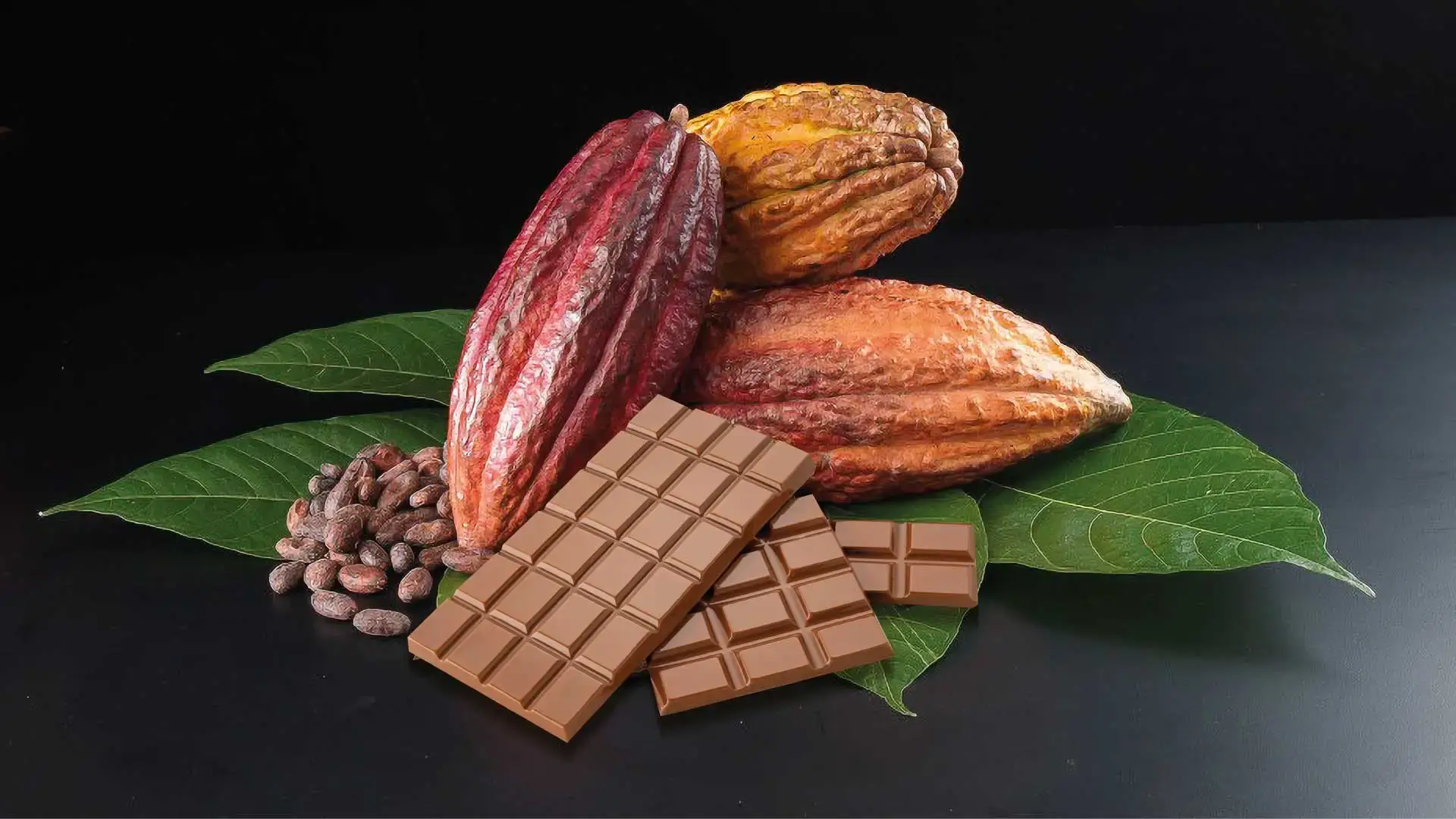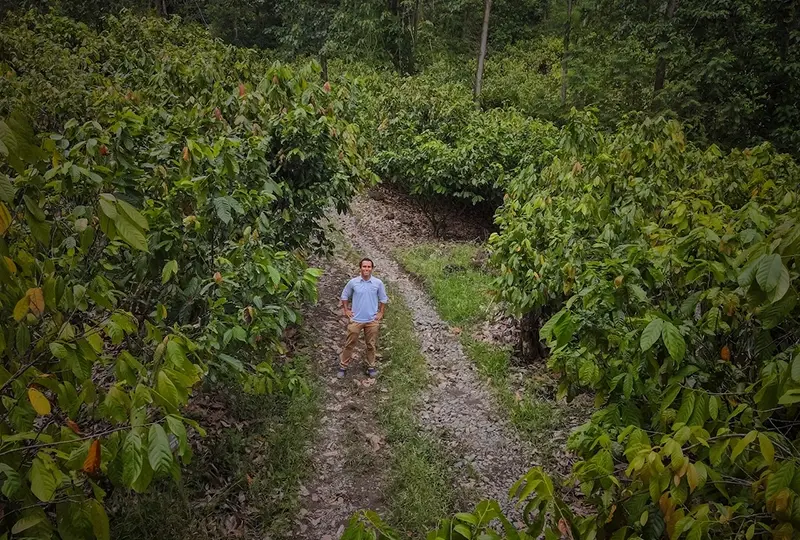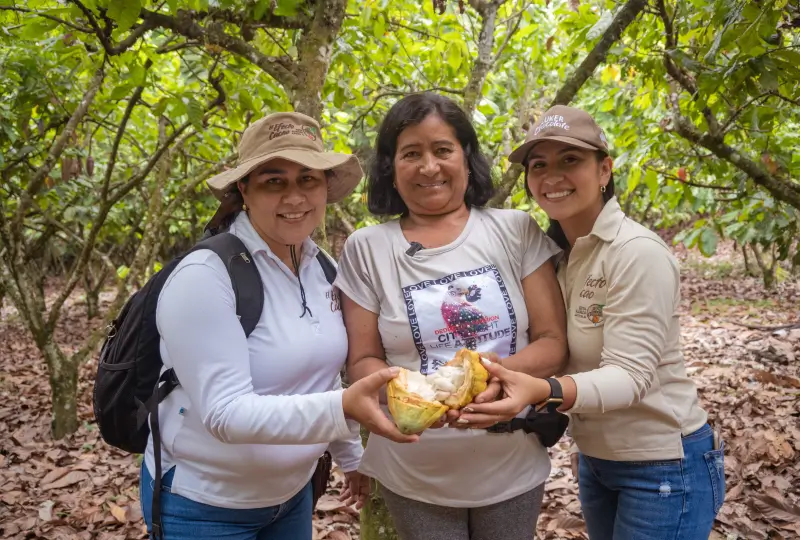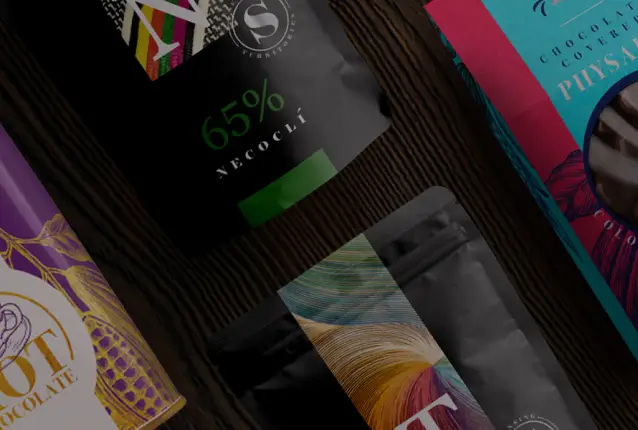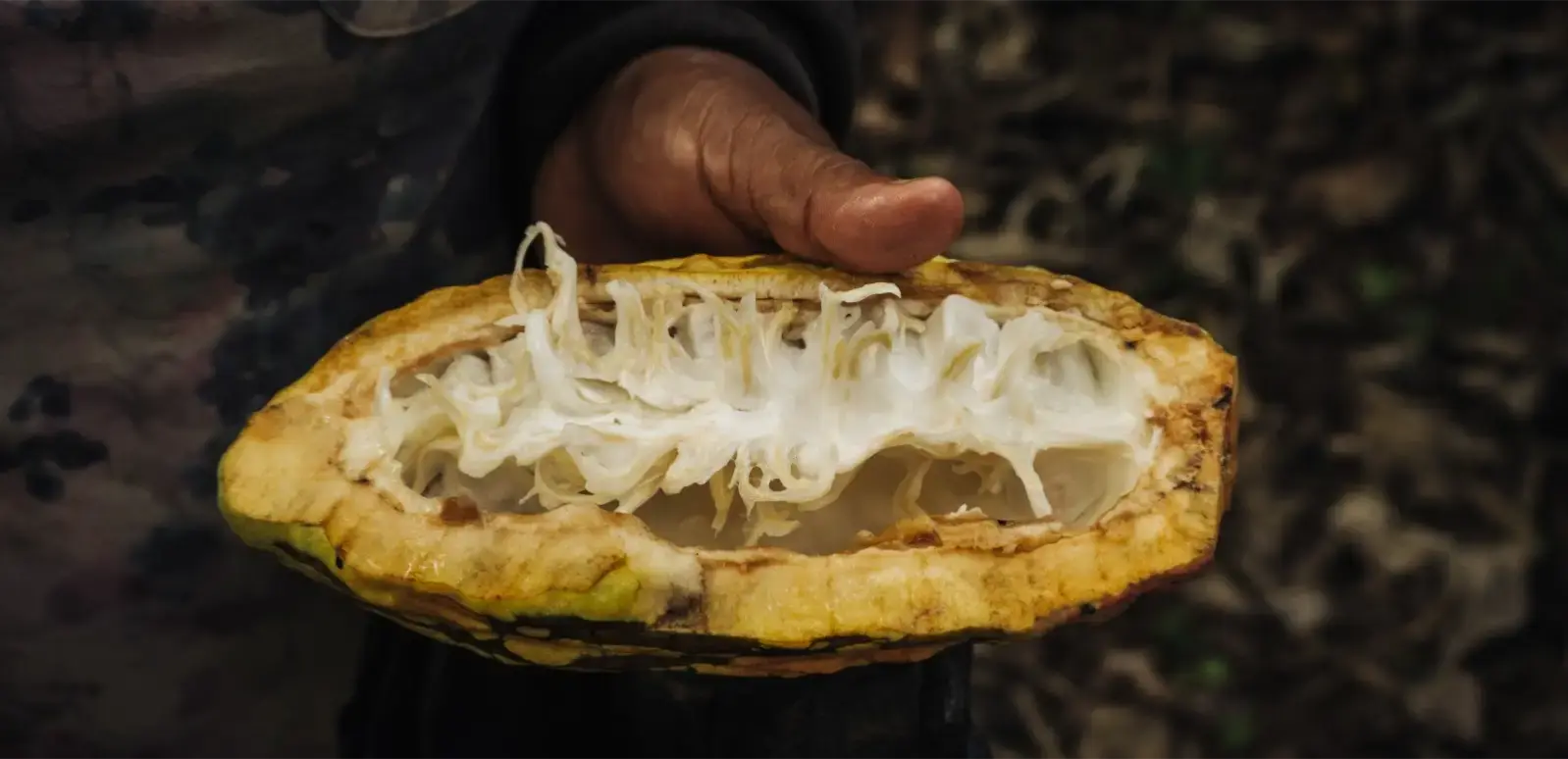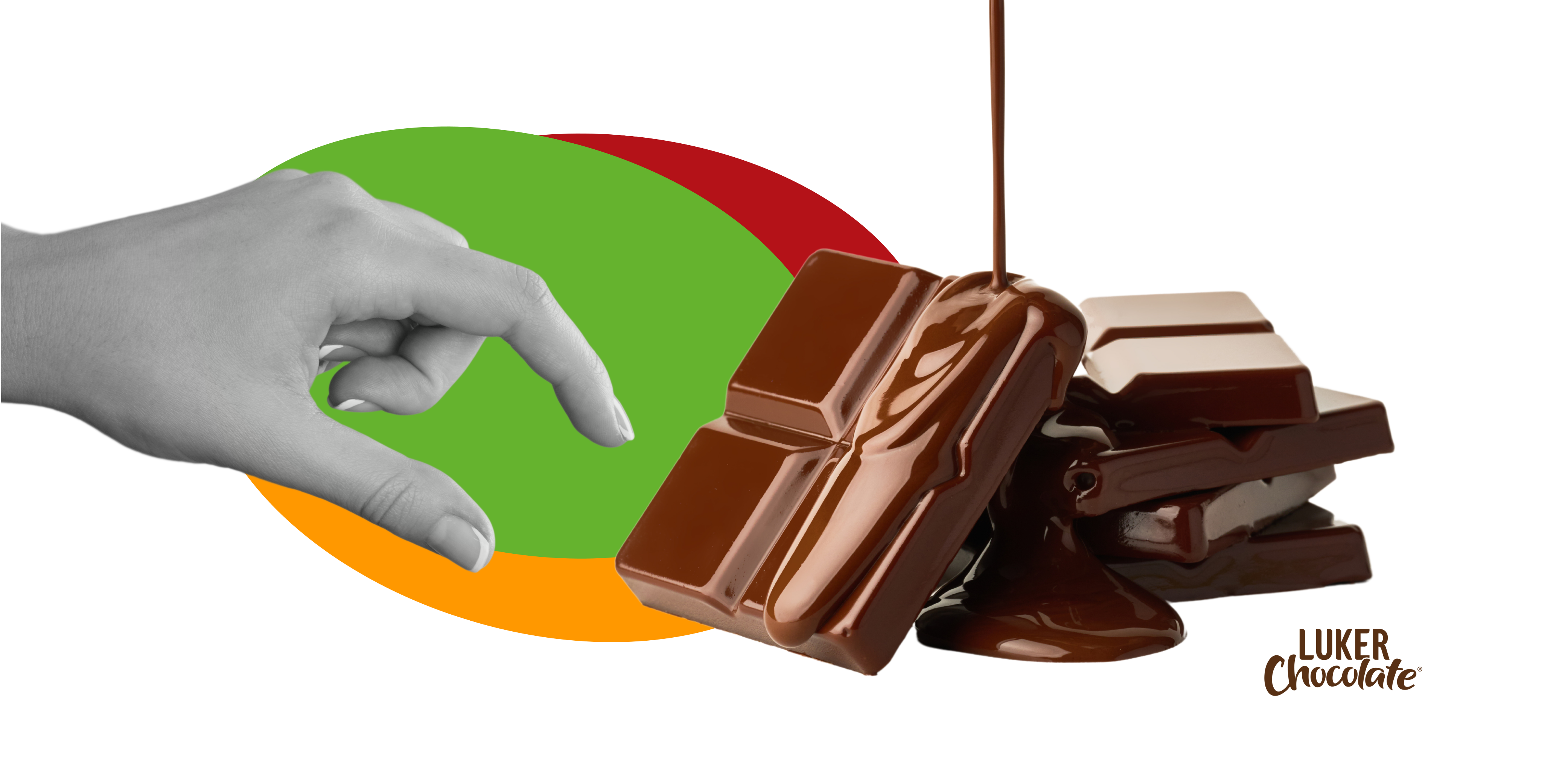Consumers are rethinking the way they enjoy chocolate. Rising costs and evolving lifestyles are making small-format chocolate products more relevant than ever. In 2024, 72% of consumers were concerned about the rising cost of everyday items, and 48% planned to save more money (Euromonitor 2024). At the same time, people still want moments of indulgence—treats that feel special without carrying guilt or excess.
What you’ll learn in this blog:
- Why portion-controlled chocolate resonates with today’s consumers.
- The dual role of small formats: indulgence and economic value.
- How gifting, social trends, and health influence product development.
- Practical steps brands can take to innovate in this space.
This balance of affordability, portion control, and emotional connection is reshaping chocolate consumption. While overall global chocolate volumes have slowed, smaller formats—from mini bars to bite-sized assortments—are thriving. They allow consumers to indulge responsibly, making them a smart option for brands navigating today’s economic and cultural realities.
How are small chocolate portions becoming both a practical and emotional choice for consumers—and how can brands capitalise on this shift to drive growth?
The Shift Toward Bite-Sized Chocolate Products
In recent years, snacking habits have undergone a quiet but significant transformation. Across the world, consumers are making more conscious choices about what—and how much—they eat. Chocolate lovers are no exception. While indulgence remains essential, there is a growing desire for moderation and better-for-you options that don’t compromise on taste.
This shift has put small-format chocolate products in the spotlight. Mini bars, bite-sized dragees, and individually wrapped assortments allow consumers to enjoy the richness of chocolate while feeling more in control of portion sizes. By reducing the size of each piece and adapting packaging formats, brands can create products that fit evolving consumption habits without sacrificing indulgence.
The market outlook reinforces this opportunity:
- The global healthy snacking sector is projected to grow 6.6% annually through 2030.
- By then, it will reach a value of $152.3 billion USD (Statista).
- Portion-controlled formats stand out for combining convenience, affordability, and health positioning—qualities that resonate strongly with younger, wellness-oriented consumers.
Actionable Takeaways for Challenger Brands:
- Test and learn: use smaller moulds (8–12g bars, mini buttons, or snackable dragees) to introduce new flavours or formats.
- Extend existing lines: launch bite-sized or portion-controlled versions of your current products to capture new consumption occasions.
- Win with retailers: small packs are easier to code for impulse zones and seasonal displays, opening doors to shelf presence.
Trend 1: Why Consumers Choose Bite-Sized Chocolate Products (Feelings + Economy)
While we all share a passion for great-tasting chocolate, most of us have also felt a little guilty after indulging in one too many treats. This balance between indulgence and moderation is at the heart of why small formats resonate with today’s consumers.

Two clear drivers shape this behaviour:
- Emotional Drivers
- Portion control makes indulgence feel more responsible.
- Smaller pieces help consumers enjoy the moment without overindulging.
- They allow chocolate to remain a treat linked to pleasure, not guilt.
- Economic Drivers
- In 2024, 72% of consumers were worried about the rising cost of everyday items, while 48% said they planned to save more money (Euromonitor).
- More miniature packs provide affordable entry points for premium chocolate.
- Bulk packs of minis give shoppers a better per-unit value, especially important during inflationary periods.
This is important for brands that want to create options that still satisfy cravings while acknowledging consumer realities.
Actionable Takeaways for Challenger Brands:
- For emotional appeal: highlight portion control and guilt-free enjoyment in your product messaging.
- For economic appeal: design both premium minis for gifting and value-focused bulk packs for everyday consumption.
- For flexibility, consider multi-format strategies (individually wrapped minis inside a larger resealable pack) to serve both occasions.
Trend 2: Everyday Gifting and Seasonal Stability in Bite-Sized Chocolate
Snacking has always been an emotive category. As Kantar highlights, consumers often look to snacks and treats to recharge, reward themselves, or share with others. Small chocolate formats fit perfectly into this behaviour, offering accessible luxuries that can be enjoyed spontaneously or shared as thoughtful tokens.
Beyond everyday moments, small portions also hold strong potential in seasonal and gifting occasions. According to Euromonitor (2025), seasonal chocolate is projected to remain stable, even as other confectionery categories face slowdowns. This resilience shows that consumers see chocolate—especially in smaller, shareable assortments—as more than just food: it’s a way of expressing care and celebration.

Why small formats thrive in gifting and seasonal ranges:
- Easy to personalise through assortments, wrappers, or message-ready packaging.
- Encourage trial of new flavours in a low-risk, giftable way.
- Create an accessible premium feel without overwhelming price points.
- Strengthen the emotional connection between giver and receiver.
Actionable Takeaways for Challenger Brands:
- Explore mini assortments or bite-sized seasonal packs that retailers can easily place in gifting displays.
- Consider limited-edition seasonal flavours (spices, caramels, fruit inclusions) in smaller formats to tap into novelty demand.
- Position small chocolates as “everyday gifts”—accessible luxuries that make daily occasions feel special.
Trend 3: Shrinkflation, Premiumisation, and Value in Bite-Sized Chocolate Products
Affordable indulgence has always played a role in chocolate consumption. Affordable products that provide a momentary escape from the stress of everyday life will be in high demand. This remains true in 2025, but the way brands deliver affordability is evolving.
According to Euromonitor (2025), shrinkflation and premiumisation are reshaping chocolate confectionery. Instead of lowering prices outright, brands are adapting by:
- Reducing portion sizes while keeping price points stable, allowing consumers to continue buying familiar favourites.
- Repackaging products in smaller, more premium or giftable formats shifts the perception from “less product” to “better experience.”
- Innovating with premium flavours, textures, and sustainable packaging that justify a higher margin, even in smaller units.

These strategies create value beyond the chocolate itself. For many consumers, a beautifully wrapped mini bar or a curated selection of bite-sized pieces feels like an accessible luxury—something special they can still afford, even in times of financial pressure.
Actionable Takeaways for Challenger Brands:
- Don’t view smaller formats only as cost-cutting—position them as premium treats in miniature form.
- Pair smaller portion sizes with high-quality cocoa stories, sustainable sourcing claims, or seasonal packaging to enhance perceived value.
- Consider using resealable or shareable packs to balance shrinkflation with convenience, reinforcing value for money.
Trend 4: Social and Cultural Drivers of Bite-Sized Chocolate Indulgence
In addition to economic and health-driven motivations, small chocolate formats are thriving thanks to cultural momentum. On platforms like TikTok, everyday indulgence has become part of a global conversation. Trends such as “Little Treats” and “Easy Affordable Snacks” celebrate the idea of enjoying something small, simple, and uplifting in daily routines.
This cultural lens positions small chocolates not as compromises, but as moments of joy that fit seamlessly into fast-paced, modern lifestyles.
.webp?width=880&height=495&name=Little-treat-culture-social-media%20(1).webp)
Key cultural drivers:
- “Little Treats”: Short, uplifting indulgences that average tens of thousands of views per post, reinforcing the role of chocolate as a simple pleasure.
- “Easy Affordable Snacks”: Content highlighting accessible indulgence, aligning with the demand for affordable luxuries during inflationary times.
- Visual appeal: Bite-sized products are highly photogenic and easy to share online, turning them into social media content as much as snacks.
Actionable Takeaways for Challenger Brands:
- Frame small chocolate products as daily rituals—not just special occasions—through storytelling and packaging.
- Encourage retailers to place minis in impulse zones (checkouts, café counters) where the “little treat” behaviour naturally occurs.
- Use cultural narratives in communication: focus on joy, simplicity, and sharing, rather than only health or economy.
Trend 5: Better-for-You and Portion-Controlled Innovation in Bite-Sized Chocolate Products
Health-conscious consumers continue to shape the chocolate industry. While indulgence remains at the core, there is a strong expectation that brands will provide options that align with wellness and moderation.
Taking measures such as reducing sugar content and replacing artificial ingredients with natural alternatives may help to innovate and boost customer loyalty.
 Portion-controlled formats make these better-for-you attributes even more appealing.
Portion-controlled formats make these better-for-you attributes even more appealing.
Smaller pieces allow consumers to enjoy chocolate in moderation, while formulation innovations reinforce the perception of responsibility and care.
According to Euromonitor (2025), innovation in chocolate confectionery is expected to focus on no-added-sugar products. This reflects the broader consumer shift toward clean-label, functional, and balanced indulgences.
Key opportunities for brands in better-for-you small formats:
- Sugar reduction and alternatives: mini versions of sugar-free couvertures, or chocolates made with natural sweeteners.
- Plant-based and vegan options: small bars or coated inclusions that align with rising demand for dairy-free indulgence.
- Functional benefits: portion-controlled products enriched with fibre, protein, or other added value.
- Responsible indulgence positioning: emphasise moderation, wellness, and balance alongside flavour.
Actionable Takeaways for Challenger Brands:
- Test small runs of sugar-free or vegan minis to evaluate consumer interest before scaling.
- Use portion control as a selling point: position it as a way to indulge responsibly, not to compromise.
- Explore co-branding with wellness trends (fitness, plant-based, mindful snacking) to open new markets.
How Challenger Brands Can Act on Bite-Sized Chocolate Trends
For many businesses, small chocolate formats represent more than a product trend—they are a practical way to innovate, reduce risk, and respond to consumer demand. Whether you are launching your first small-format product or scaling production, the path to success often lies in collaboration and experimentation. Co-creation is more than a process; it’s a philosophy that harmonises the aspirations of brand founders with innovation.
Actionable strategies:
- Extend portfolios strategically with mini or portion-controlled versions of existing products to reach new occasions.
- Turn ideas into finished products quickly by partnering with a manufacturing company that supports you on NPD.
- Position small formats as affordable luxuries and responsible indulgences, balancing emotional appeal with economic realities.
- Collaborate on technical essentials such as shelf-life testing, regulatory compliance, packaging, and capacity challenges (e.g., tempering, allergen control).
- Use small formats as a low-risk entry point to test new flavours, better-for-you claims, or functional ingredients.
- Benefit from custom couvertures and tailored formulations adapted to your production lines.
- Start with limited runs to validate consumer response before committing to large-scale production.
- Leverage seasonal and gifting occasions to gain retail presence and strengthen brand visibility.
Small chocolate portions are more than a size trend—they’re a strategic way for brands to connect with today’s consumers. By combining affordability, portion control, and moments of joy, they open doors to innovation, gifting, and better-for-you opportunities. For challenger brands and retailers alike, small formats prove that sometimes, less really is more.
